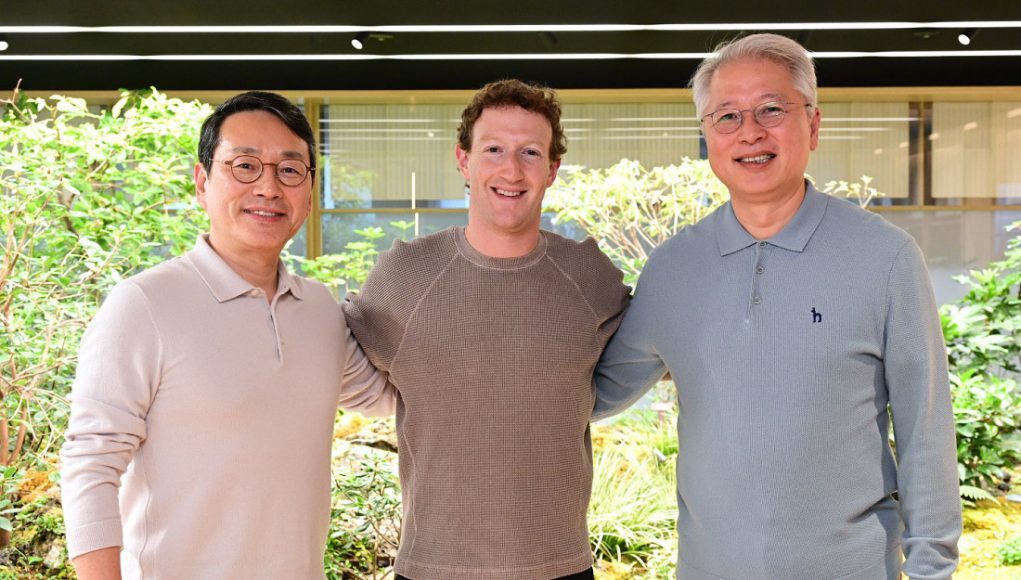LG announced a collaboration with Meta focused on strengthening the XR business of both companies.
Following the release of Vision Pro, it has become apparent that Apple has a serious game plan for its XR line of devices. Now that their product and focus is out in the open, the market is beginning to respond.
Today LG formally announced a partnership with Meta, which the two companies hope will “expedite [their] XR” ventures.
According to the announcement, Meta CEO Mark Zuckerberg met at LG’s Seoul headquarters with top executives, including William Cho, CEO and Park Hyoung-sei, President of the company’s Home Entertainment division. The two-hour conversation apparently saw LG executives trying Meta’s latest XR hardware, Quest 3 and Ray Ban smart glasses.
As for the conclusion of the meeting and newly announced partnership, “LG envisions that by bringing together Meta’s platform with its own content/service capabilities from its TV business, a distinctive ecosystem can be forged in the XR domain, which is one of the company’s new business areas,” the announcement reads. “Moreover, the fusion of Meta’s diverse core technological elements with LG’s cutting-edge product and quality capabilities promises significant synergies in next-gen XR device development.”
While it isn’t clear exactly what the two companies plan to build together, rumors suggest that a next-gen Quest Pro 2—to compete more directly with Vision Pro—could be on the docket.
As a maker of a huge array of consumer electronics, it’s expected that LG would do the heavy lifting on the manufacturing side, while Meta handles the headset’s hardware design. LG also has content and services from its significant TV business, which it could leverage to get more media content officially onto Quest headsets.
LG isn’t a stranger to the XR space, but hasn’t been particularly committed to it as a product category. Early on the company launched the LG 360 VR, a smartphone-tethered headset made for immersive media viewing. After finding little traction with customers, the product never saw a second generation.
In 2017 LG was on the cusp of launching a PC VR headset for SteamVR. It even went as far as publicly showcasing prototypes and announcing specs. But for some reason the headset never actually launched, and was left to fade into the history books without any official confirmation about what happened to the project.
According to LG, the company newly established a dedicated XR business unit within its Home Entertainment Company “to accelerate the pursuit of new ventures in the virtual space arena.”







